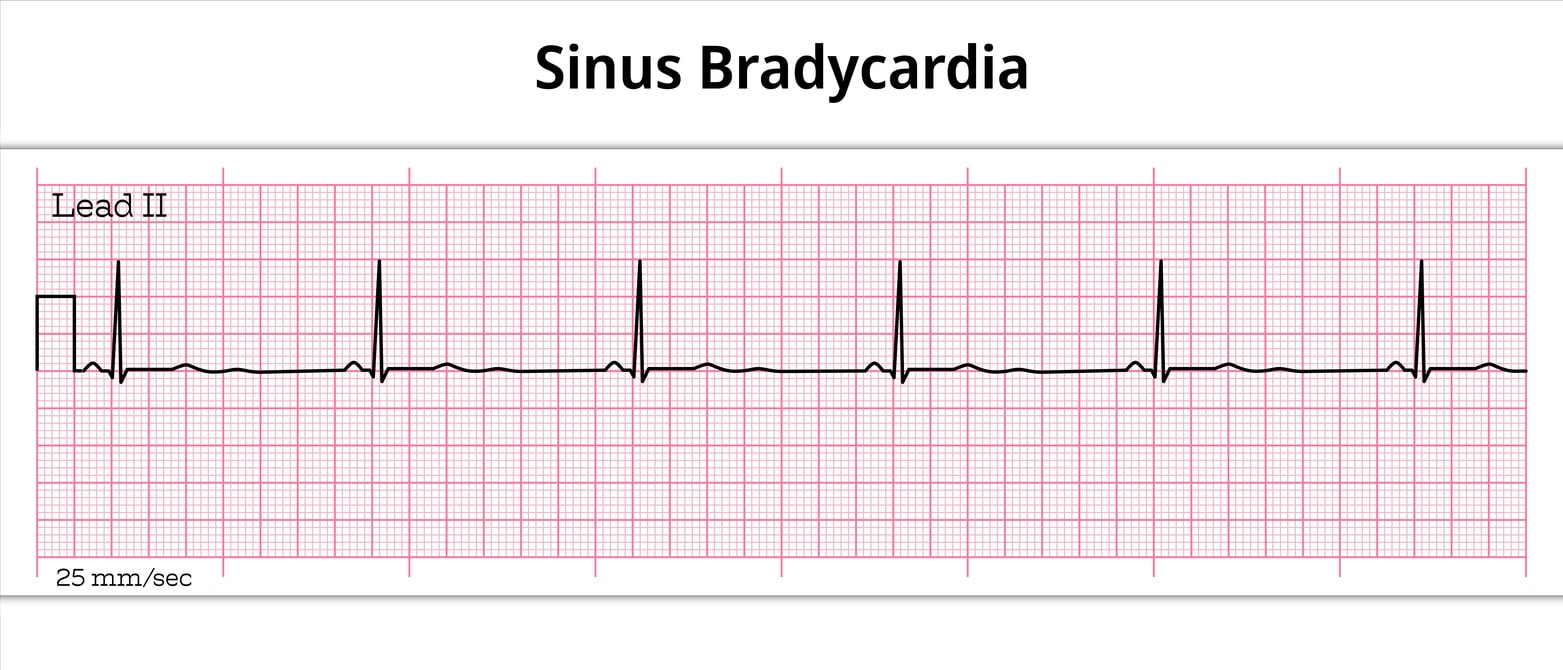

When an infant starts choking, every second counts. The BLS infant choking algorithm provides healthcare professionals with a systematic approach to clear airway obstructions in babies under 12 months old. This evidence-based protocol can mean the difference between life and death in emergency situations.
Understanding this algorithm isn’t just about memorizing steps—it’s about developing the confidence to act quickly when a baby’s life hangs in the balance. Whether you’re a healthcare provider, childcare worker, or parent, mastering these techniques could help you save an infant’s life.
The American Heart Association’s BLS guidelines emphasize the critical importance of recognizing choking signs early and responding with appropriate interventions. Let’s break down this life-saving protocol into manageable, actionable steps.
Before applying the BLS infant choking algorithm, you must first identify when an infant is actually choking. Babies can’t tell you what’s wrong, so visual cues become your primary diagnostic tool.
Severe airway obstruction signs include:
Mild airway obstruction allows the infant to:
Never intervene if the infant shows signs of mild obstruction and can cough effectively. A strong cough is the body’s most effective way to clear the airway naturally.
First, confirm the infant is choking by checking for the severe obstruction signs mentioned above. If the infant can cry or cough forcefully, do not interfere.
Position the infant face-down along your forearm, supporting the head and neck with your hand. Your arm should rest on your thigh for stability. The infant’s head should be lower than the chest to help gravity assist in dislodging the obstruction.
Using the heel of your hand, deliver up to 5 sharp back blows between the infant’s shoulder blades. Each blow should be distinct and forceful—you’re trying to create enough pressure to dislodge the obstruction.
After each back blow, check the mouth for visible objects. If you see something, remove it with your finger. Never perform blind finger sweeps, as this can push the object deeper into the airway.
If back blows don’t clear the obstruction, turn the infant onto their back while supporting the head and neck. Position two fingers just below the nipple line on the breastbone.
Deliver up to 5 quick, downward chest thrusts. Use enough force to compress the chest about one-third of its depth. These thrusts create pressure changes that can expel the obstructing object.
Alternate between 5 back blows and 5 chest thrusts until:
Keep checking the mouth after each series of interventions. Remove any visible objects carefully.
If the infant loses consciousness during choking interventions, the algorithm shifts to CPR protocols. This transition is critical and requires immediate action.
Call 911 immediately if you haven’t already. Continue CPR until emergency medical services arrive or the infant responds.
The key difference here is that you’re now treating this as a cardiac arrest situation, not just a choking incident. The infant’s heart may have stopped due to lack of oxygen.
Healthcare professionals must consider additional factors when applying the BLS infant choking algorithm in clinical settings.
Documentation requirements include:
Equipment considerations:
Healthcare providers should also prepare for potential complications like aspiration pneumonia or airway trauma from the obstruction or interventions.
Understanding what causes infant choking helps prevent these emergencies. Common choking hazards for infants include small toys, food pieces, coins, and household objects.
High-risk foods for infants:
Environmental safety measures:
Parents and caregivers should also learn proper feeding techniques and understand normal infant development stages to reduce choking risks.
The BLS infant choking algorithm requires hands-on practice to master effectively. Reading about these techniques isn’t enough—you need muscle memory and confidence that comes from repetitive training.
Professional training benefits:
At Safety Training Seminars, we understand the critical importance of proper BLS training for infant emergencies. Our American Heart Association-certified instructors provide comprehensive hands-on training using the latest equipment and protocols. We offer BLS courses designed specifically for healthcare professionals, childcare providers, and concerned parents who want to be prepared.
Our training approach combines online learning with practical skills testing, ensuring you not only understand the BLS infant choking algorithm but can perform it confidently under pressure. With over 70 locations throughout California and same-day certification cards, we make it convenient for you to gain these life-saving skills.
Whether you’re a medical professional maintaining certification requirements or a parent wanting peace of mind, our expert instructors will guide you through every step of the BLS infant choking algorithm. We provide the knowledge, practice, and confidence you need to respond effectively in infant choking emergencies.
Don’t wait until an emergency happens to learn these critical skills. Contact Safety Training Seminars today to schedule your BLS certification and master the infant choking algorithm that could save a life.